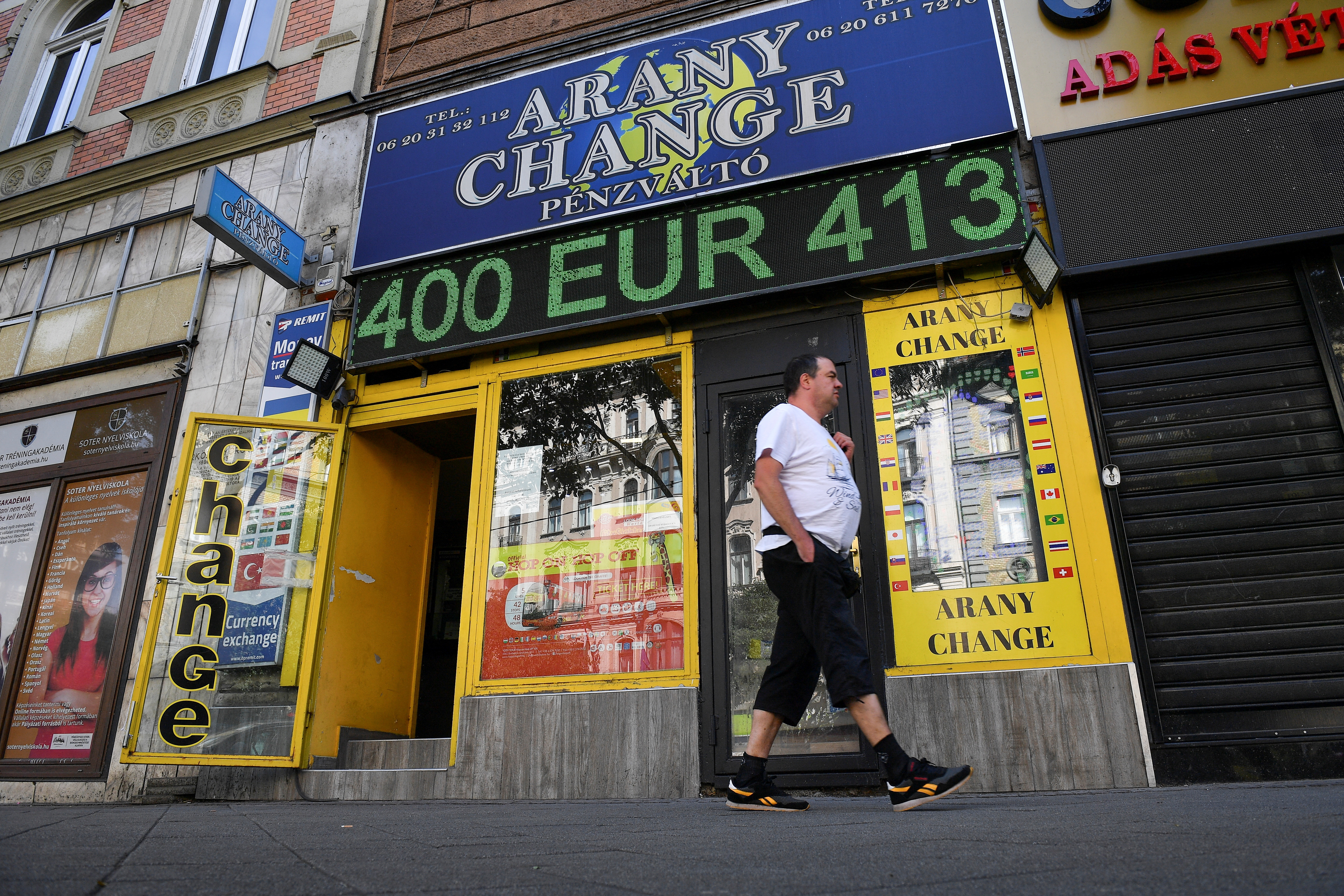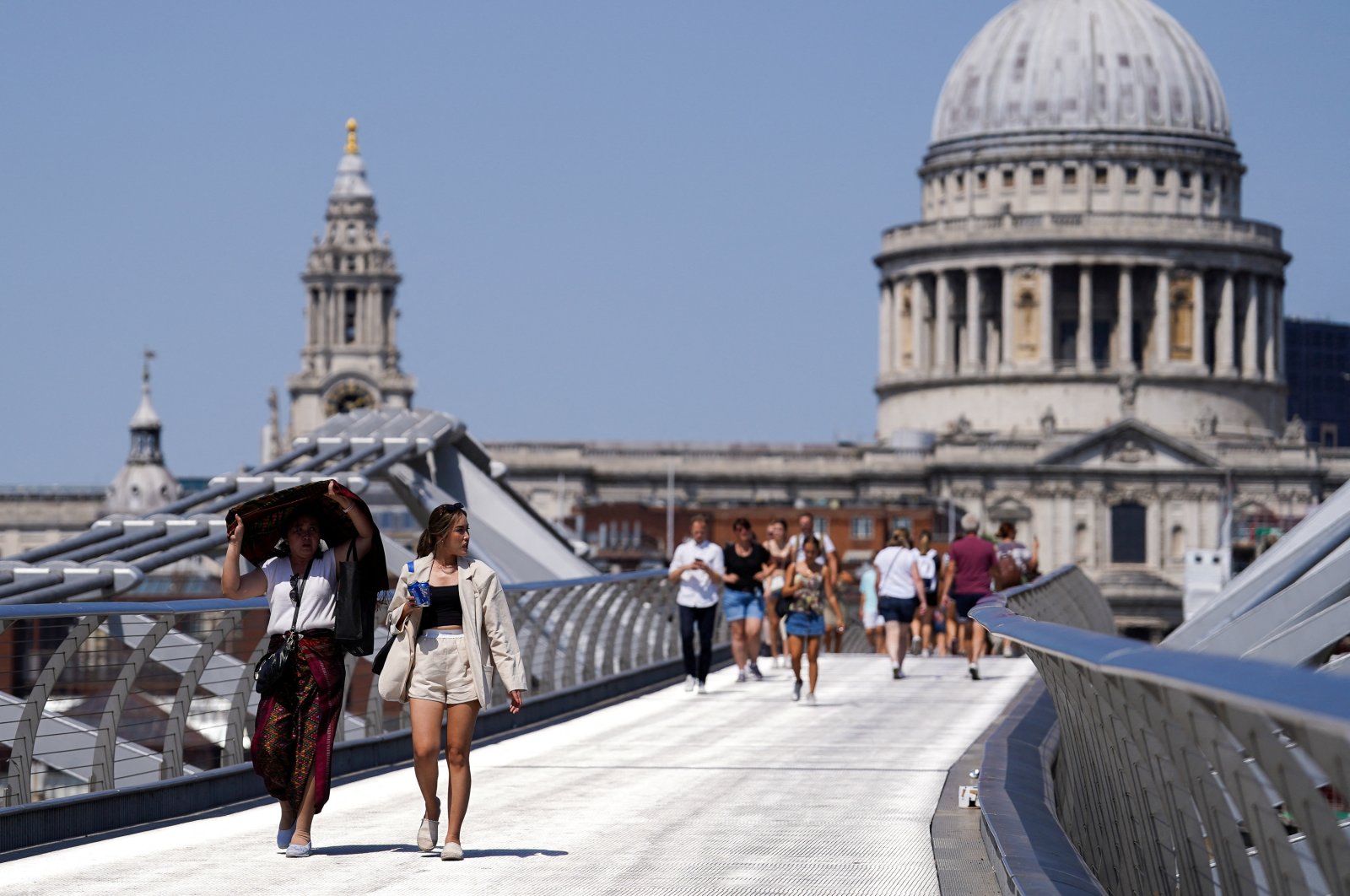Glaciers vanishing at record rate in Alps amid heat waves
By Emma Farge and Gloria Dickie / Reuters, MORTERATSCH GLACIER, Switzerland
From the way 45-year-old Swiss glaciologist Andreas Linsbauer bounds over icy crevasses, you would never guess he was carrying 10kg of steel equipment needed to chart the decline of Switzerland’s glaciers.
Normally, he heads down this path on the massive Morteratsch Glacier in late September, the end of the summer melt season in the Alps, but exceptionally high ice loss this year has brought him to this 15km2 amphitheater of ice two months early for emergency maintenance work.
The measuring poles he uses to track changes in the depth of the pack are at risk of dislodging entirely as the ice melts away, and he needs to drill new holes.
The Alps’ glaciers are on track for their highest mass losses in at least 60 years of record keeping, data showed.
By looking at the difference in how much snow fell in winter, and how much ice melts in the summer, scientists can measure how much a glacier has shrunk in any given year.
Since winter last year, which brought relatively little snowfall, the Alps have sweltered through two big early summer heat waves — including one this month marked by temperatures near 30°C in the Swiss mountain village of Zermatt.
During this heat wave, the elevation at which water froze was measured at a record high of 5,184m — at an altitude higher than Mont Blanc’s — compared with the normal summer level of between 3,000m to 3,500m.
“It’s really obvious that this is an extreme season,” Linsbauer said, shouting over the roar of rushing meltwater as he checked the height of a pole jutting out of the ice.
Most of the world’s mountain glaciers — remnants of the last ice age — are retreating due to climate change. Those in the European Alps are especially vulnerable because they are smaller with relatively little ice cover.
Meanwhile, temperatures in the Alps are warming at about 0.3°C per decade — nearly twice as fast as the global average.
If greenhouse gas emissions continue to rise, the Alps glaciers are expected to lose more than 80 percent of their current mass by 2100. Many will disappear regardless of whatever emissions action is taken now, thanks to global warming baked in by past emissions, a 2019 UN Intergovernmental Panel on Climate Change report showed.
Already, Morteratsch is much changed from the glacier depicted on the region’s tourist maps. The long tongue that once reached deep into the valley below has shrunk back by nearly 3km, while the depth of the snow and ice pack has thinned by up to 200m.
A parallel glacier, Pers, flowed into it until 2017, but has receded so much that an expanding strip of grit lies between them.
The dire situation this year raises concern that the Alps’ glaciers might vanish sooner than expected.
With more years like this, that could happen, said Matthias Huss, who leads Glacier Monitoring Switzerland.
“We are seeing model results expected a few decades in the future are happening now,” Huss said. “I did not expect to see such an extreme year so early in the century.”
Glaciologists in Austria, France and Italy confirmed that glaciers there were on track for record losses.
In Austria, “the glaciers are snow-free up to the summits,” said Andrea Fischer, a glaciologist at the Austrian Academy of Sciences.
Seasonal snowfall, apart from replenishing ice lost during summer, protects glaciers from further melt by providing a white cover that reflects sunlight back out to atmosphere better than darker ice — sullied by dust or pollution — can do.
At the Grand Etret glacier in northwest Italy, only 1.3m of snow accumulated during the past winter — 2m less than the annual average for the 20 years up to 2020.
This year’s Alpine ice losses, registered even before the biggest melt month of August, surprised scientists to some extent, as many of the glaciers had already lost their lower-lying snouts. Because they had retreated up the mountain, where temperatures are cooler, scientists thought they should have been better protected.
“You can easily imagine the final results after summer will be ... extensive loss of glacier coverage in the Italian Alps,” Italian Glaciological Committee vice president Marco Giardino said.
Morteratsch is now shedding about 5cm per day and is already in a worse state than it would normally be at the end of an average summer, data from Glacier Monitoring Switzerland and the Universite libre de Bruxelles showed.
The nearby Silvretta Glacier has lost about 1m more than at the same point in 1947 — the worst year in its database stretching back to 1915.
Himalayan glaciers are also on track for a record ice loss year, scientists said.
When the summer monsoon season arrived in the Kashmir region, for example, many glaciers had already shrunk drastically, with their snowlines starting high up the mountain, after a March-May heat wave marked by temperatures above 48°C in northern India.
An expedition early last month in India’s Himachal Pradesh found that the Chhota Shigri Glacier had lost much of its snow cover.
“The highest temperature in over a century in March through May clearly had its impacts,” Indian Institute of Technology Indore glaciologist Mohd Farooq Azam said.
Vanishing glaciers are already endangering lives and livelihoods. Earlier this month, a glacier collapse on the Marmolada in Italy killed 11 people. Days later, a collapsing glacier in the Tian Shan mountains of eastern Kyrgyzstan triggered a massive avalanche, sending ice and rocks hurdling toward passing tourists.
Above the Swiss village of Saas-Fee, a path leading to a mountain hut once passed through a summer snowfield on top of the Chessjen Glacier.
“It’s too dangerous now,” due to the risk of falling rocks, once held together by hard-frozen ice, hutkeeper Dario Andenmatten said, while gazing out over a barren landscape dotted with glacial lakes. Nearby, the rumble of stones tumbling from the mountain could be heard.
Swiss residents worry that the glacier losses will hurt their economy. Some area ski resorts of the Alps, which rely on these glaciers, cover them with white sheets to reflect sunlight and reduce melting.
Swiss glaciers feature in many of the country’s fairy tales, and the Aletsch Glacier is considered a UNESCO World Heritage Site.
Losing the glaciers “means losing our national heritage, our identity,” hiker Bernardin Chavaillaz said. “It’s sad.”
.jpg)




